
In-Depth Energy Resiliency Planning
In 2019 a community college in Northern California was impacted by numerous public safety power shutoff (PSPS) events, resulting in millions of dollars of lost revenue and unreimbursed expenses. Anticipating additional costly power outages, the college needed to understand their options for remaining powered during future events, to ensure uninterrupted services to students, faculty and staff.
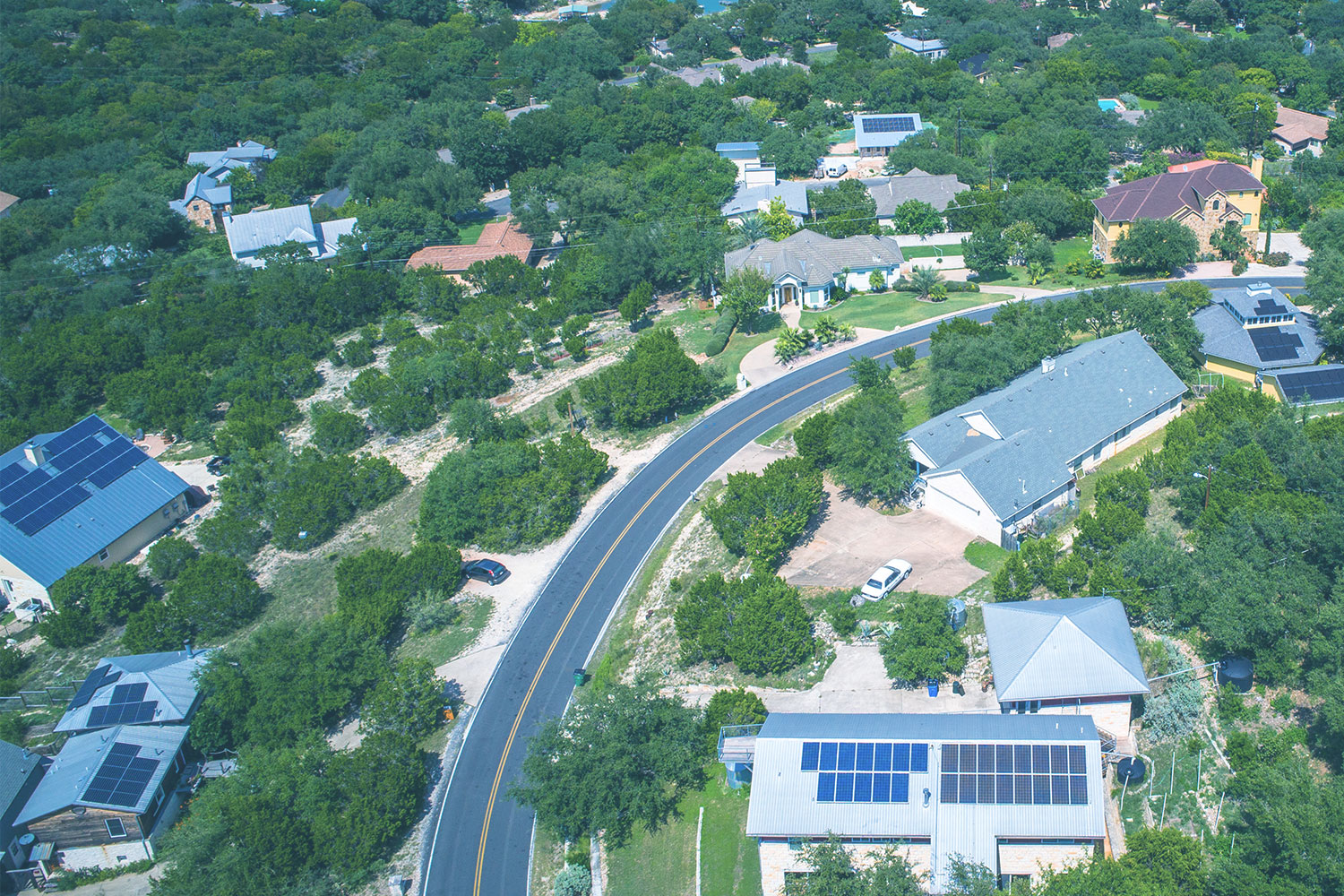
Residential Distributed Energy Research
The use of electric vehicles and residential solar power is increasing in California, leading to heightened load volatility and grid costs. This project explores an alternative energy solution that relies on the use of smaller resources in grid management in which new distributed intelligence technology is used to link smart homes and the smart grid.

Rock Island Arsenal Fuel Cell Implementation Study
Analysis of three different sites at Rock Island Arsenal resulted in selecting the central steam plant as the optimal location for a 1-MW fuel cell. Detailed stochastic analysis of the benefits of the fuel cell implementation resulted in a net savings of $82k per year with a CO2 emissions reduction of over 4,000 tons per year at 80% certainty.
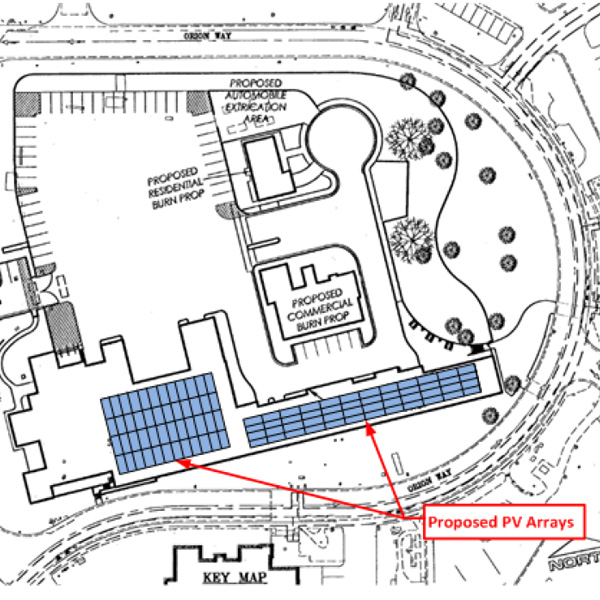
City of Carlsbad PV Study
The City of Carlsbad, CA, contracted Alternative Energy Systems Consulting, Inc. (AESC) to conduct photovoltaic (PV) feasibility studies for the Alga Norte Community Park and the Safety Training Center. The purpose of the studies was to determine the size, cost, performance and internal rate of return for the PV systems at each site.
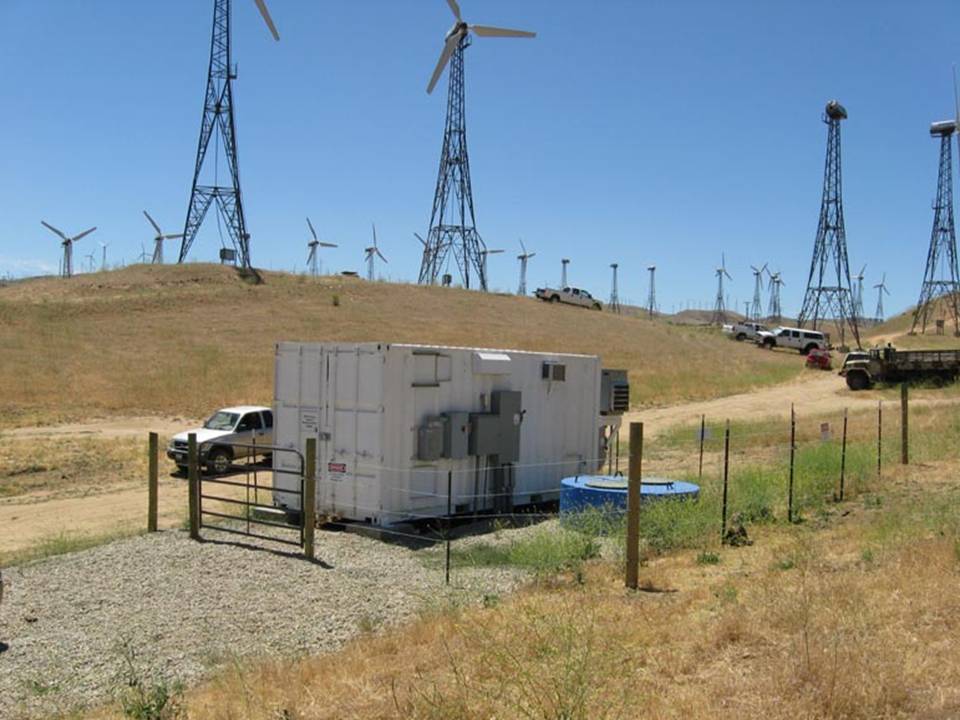
Agents for Renewables Demonstration
The “Agents for Renewables” Project was successfully completed in June 2011. This project is the latest of three successful California Energy Commission funded projects involving the use of AESC’s intelligent software agent technology.
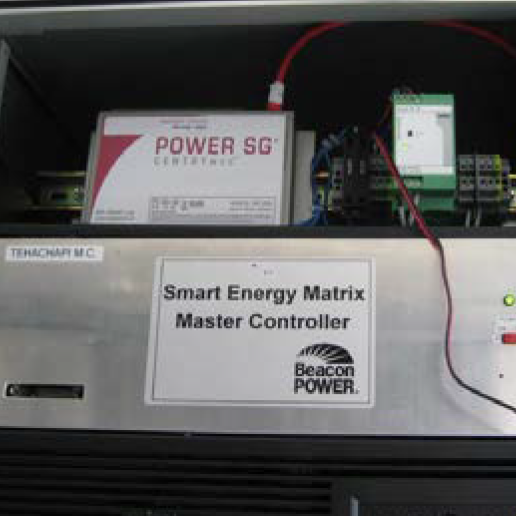
Agents for Renewables Study
AESC’s study shows how applying intelligent software agent technology expands the potential delivery of renewable energy through integration with storage technology and improved management of existing transmission facilities.
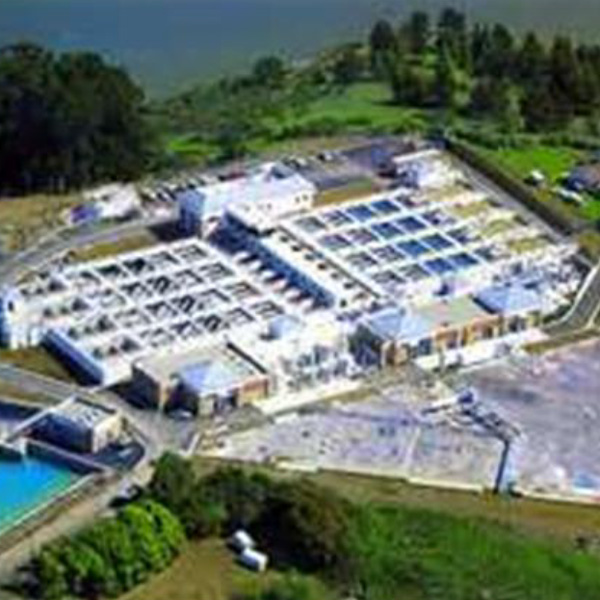
Vallejo Water District Study
AESC’s team identified 43 potential retro-commissioning, energy efficiency, load management, demand response and self-generation measures. The energy efficiency measures identified by the audit team supported the goal of how to do the same job with less energy. AESC intentionally avoided costly system modifications, and focused on reducing the existing systems’ energy intensity.
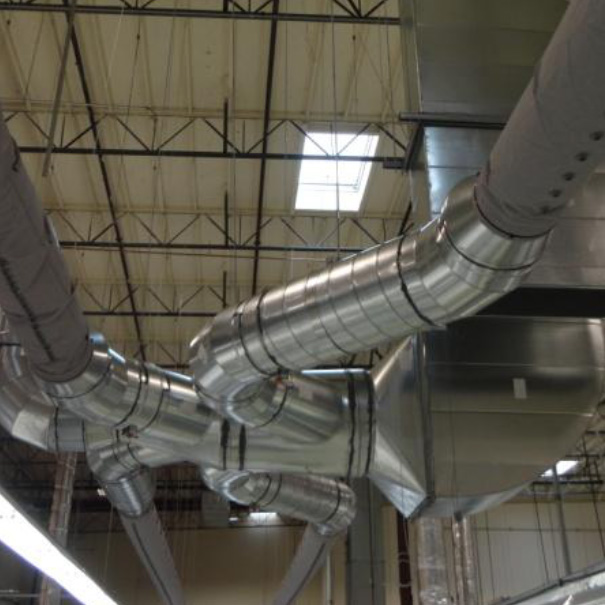
Collotype Labels Study
AESC helps Collotype Labels in Napa California save energy by recommending a ductwork re-design instead of installing additional package units resulting in annual savings of 370,000 kWh with an increase in peak demand reduction to 50kW.
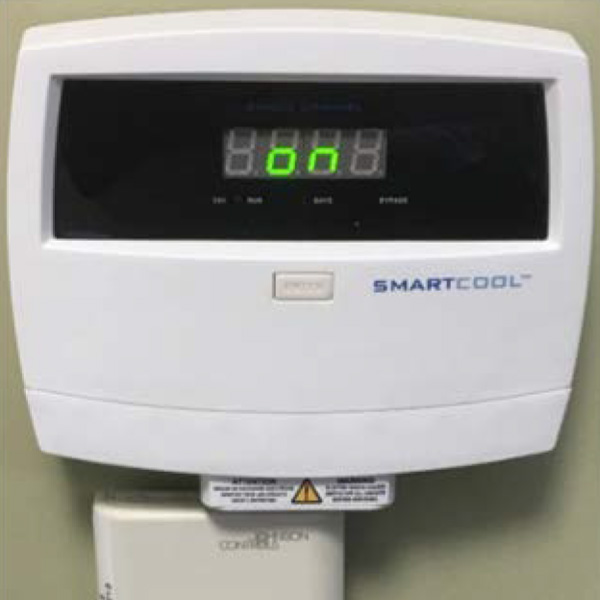
SmartCool ECO3 Pilot Test
AESC performed a preliminary, small-scale pilot test on the Smartcool ECO3 to assess the potential energy savings and comfort levels provided by the technology. This initial look at the ECO3, which augments thermostatic controls by adding dynamic compressor optimization functionality to reduce cooling and heating systems’ energy consumption, demonstrated it has potential and would benefit from a larger, more comprehensive study.
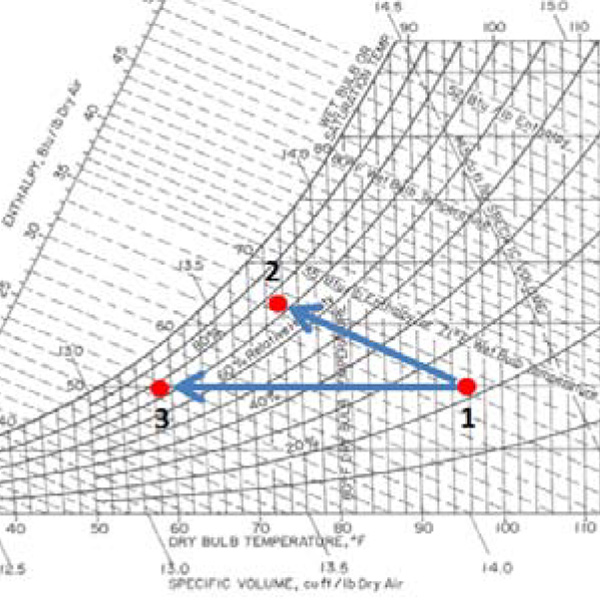
Evaporative Cooling Technologies
When air contacts water, some of the liquid water evaporates to a gaseous state in the air stream. In this process, heat is removed from the air stream and added to the water as it evaporates, and thus the air becomes cool and moist. This heat transfer through the evaporation of water is the basis of evaporative cooling technologies. AESC developed this tip sheet and concise technology description.

